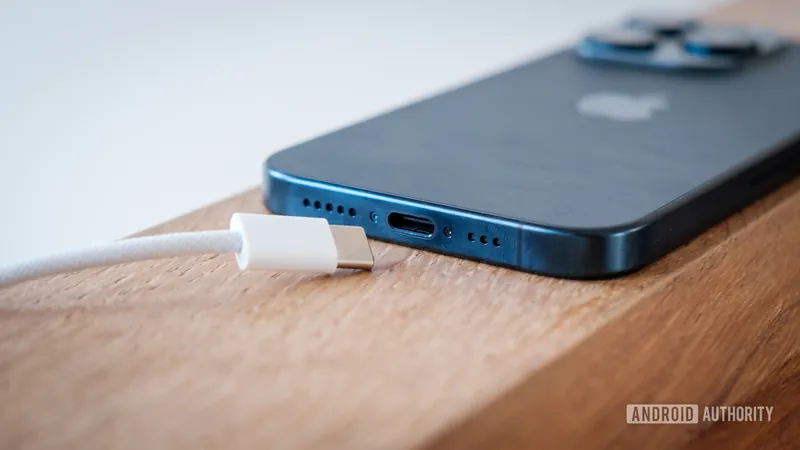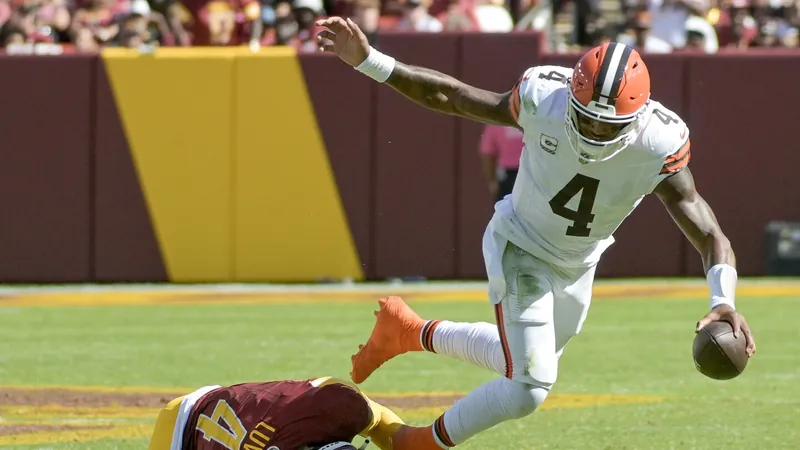
A Year of USB-C: Has Apple Managed to Navigate the Transition or Just Followed the Crowd?
2024-10-06
What Apple Got Right with USB-C
The most apparent benefit of this shift has been eliminating the need for multiple types of cables. Users entrenched in Apple’s ecosystem can now rely on a single cable standard for their devices. The decline in popularity of Lightning accessories is clear, and the seamless compatibility of the iPhone, iPad, and MacBook with a variety of USB-C devices—those from Android, PCs, and beyond—marks a significant triumph for Apple.
Additionally, the iPhone 15 series introduced DisplayPort capabilities, allowing users to mirror their displays on external monitors at 4K resolution. While this feature may not be a game changer, it offers valuable improvements for video playback, presentations, and gaming on larger screens. However, this isn't likely to be the primary reason consumers choose an iPhone.
Professional users have the edge with USB-C as they can achieve lightning-fast 10Gbps data transfer speeds, significantly surpassing the previous Lightning speeds. This upgrade is vital for intensive tasks like handling RAW photo files or recording in Apple’s ProRes formats. However, many average users may remain unaware of these high-speed advantages, as they are not prominently advertised.
The Shortcomings of Apple's Transition
Despite some advancements, Apple’s commitment to USB-C isn't without its flaws. Regular iPhone 15 and 16 users are still limited to USB 2.0 speeds of just 480Mbps—identical to the outdated Lightning standard. This inconsistency is likely due to the use of more economical USB controllers in Apple’s lower-tier models, leaving these devices lagging in a rapidly evolving tech landscape.
Furthermore, while the iPad Pro enjoys impressive 40Gbps speeds thanks to Thunderbolt at its disposal, the iPhone models fall short, contributing to user confusion as they navigate the varying capabilities of their devices.
In terms of charging, Apple has also missed the mark. While USB Power Delivery has been standard, they've not taken advantage of the newer functions available with USB PD PPS (Programmable Power Supply), which supports expedited charging. Although the Pro models occasionally exceed the advertised 20W charge speed, they're still capped at under 30W, translating to longer charging times—typically around 90 minutes for a full charge. Apple seemingly prioritizes MagSafe charging, offering speeds up to 25W, possibly because of the additional revenue opportunities from those accessories.
A Year of Unutilized Potential
Overall, Apple’s transition to USB-C has not been without its successes; the devices work well, and some features shine. However, the lack of clarity and differentiation between the various USB-C capabilities leaves users perplexed. Consumers often have little insight into what capabilities their devices actually support without extensive research.
The hope was for Apple to lead the charge towards a refined USB-C ecosystem that others could follow, but that has not materialized. The complexity seen in the USB-C landscape is not exclusive to Apple; even companies like Google face challenges, as exemplified by their Pixel 9 Pro XL charging issues.
For next year, there’s a slim possibility that Apple might enhance its approach and bring more clarity to its USB-C offerings. However, given the current trend, many remain doubtful. The future with USB-C is uncertain, and for now, Apple has merely transitioned rather than embraced the full potential of this universal standard.





 Brasil (PT)
Brasil (PT)
 Canada (EN)
Canada (EN)
 Chile (ES)
Chile (ES)
 España (ES)
España (ES)
 France (FR)
France (FR)
 Hong Kong (EN)
Hong Kong (EN)
 Italia (IT)
Italia (IT)
 日本 (JA)
日本 (JA)
 Magyarország (HU)
Magyarország (HU)
 Norge (NO)
Norge (NO)
 Polska (PL)
Polska (PL)
 Schweiz (DE)
Schweiz (DE)
 Singapore (EN)
Singapore (EN)
 Sverige (SV)
Sverige (SV)
 Suomi (FI)
Suomi (FI)
 Türkiye (TR)
Türkiye (TR)